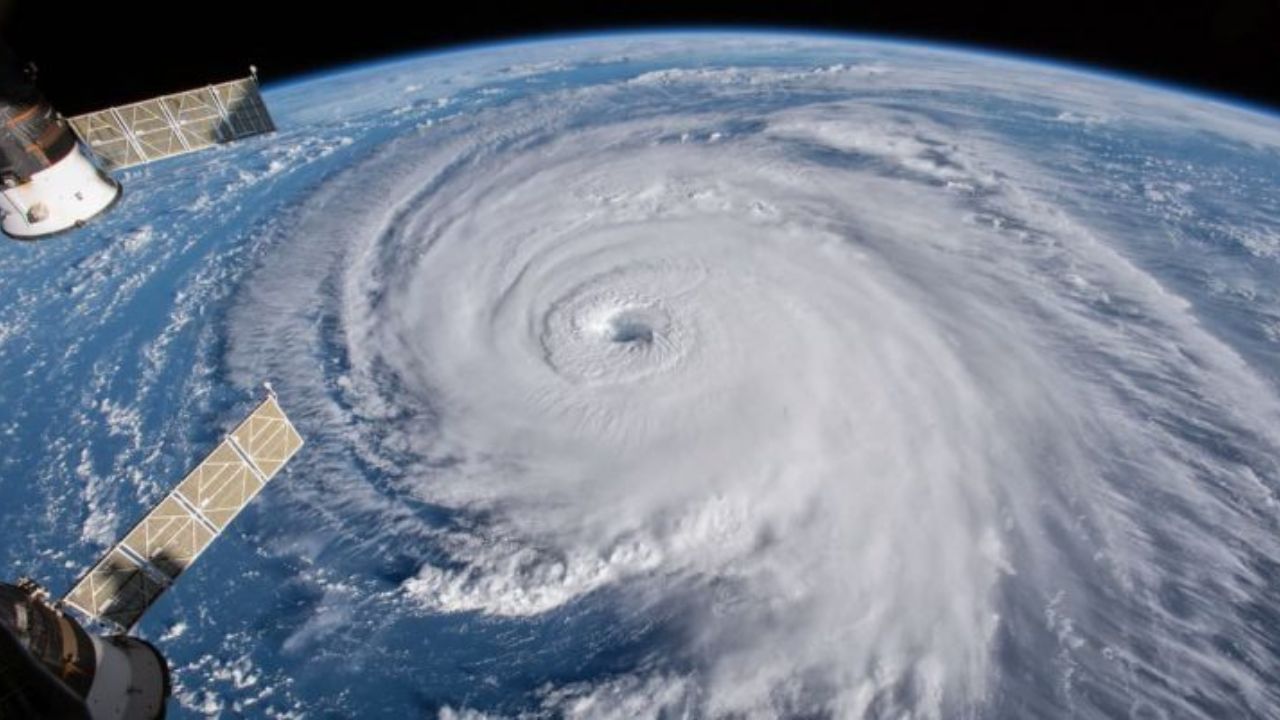Japan, located in the northwest of Pacific Ocean, experiences frequent typhoons, particularly from July to October during the Japan monsoon season. These powerful storms bring Japan heavy rain and strong winds, often leading to significant devastation. Understanding Japan typhoon history reveals the increasing intensity and frequency of these weather events, emphasizing the critical need for preparedness and support.
This article examines the impact of Japan typhoons, explores the resulting damage, and highlights how your donation can aid relief and recovery efforts.

Your donations help Peace Winds provide long-term recovery aid in Japan. You can donate from abroad.
Peace Winds is a non-profit organization that supports disaster relief and recovery in Japan and abroad.Your donations will allow them to provide immediate relief when disasters strike and to maintain long-term recovery programs as communities rebuild.Check out Peace Winds’ website to learn about current programs that are helping communities in need.

*Gooddo is partnering with Peace Winds, a nonprofit organization that supports disaster relief and recovery in Japan and abroad.
A History of Powerful Typhoons in Japan

Japan’s typhoon history is marked by numerous catastrophic events. While typhoons are a recurring phenomenon, recent years have witnessed increasingly destructive storms, underscoring the escalating threat posed by climate change.
The 2018 Japan heavy rain disaster, officially termed the “Heisei 30 (2018) 7 July Heavy Rain event,” though not solely a typhoon, was exacerbated by Typhoon #7. This resulted in widespread flooding and landslides in western Japan, claiming 224 lives and causing extensive damage.
The 2019 East Japan Typhoon, brought record-breaking winds and rainfall to the Kanto region, causing widespread destruction and loss of life. This followed shortly after another significant typhoon, compounding the impact and hindering recovery.
In 2020, Typhoon #10, another significant Japan typhoon, impacted the Nansei Islands and Kyushu with unprecedented wind speeds and heavy rain, causing substantial damage and disruption.
These examples are just a few instances of the destructive power of Japan typhoons.
Understanding Typhoon Damage: Wind, Rain, and Secondary Disasters

Japan typhoons unleash a series of destructive forces. Japan’s heavy rain often leads to flooding and landslides, compounding the damage caused by high winds.
The Human Cost of Typhoons

Beyond the physical damage, Japan typhoons inflict a profound human cost. Loss of life, displacement, and the disruption of livelihoods create long-term challenges for survivors.
The emotional trauma and financial hardship necessitate extensive support for recovery.
How to Help: Your Donation Makes a Difference
Your contribution to donate for Japan typhoon relief plays a vital role in supporting those affected. Donations provide:
Protecting Yourself During a Typhoon: Preparedness and Safety Measures

While the power of a Japan typhoon is immense, preparedness can mitigate risks.
Conclusion
Japan typhoons present a significant and recurring threat. The resilience of the Japanese people and global support are crucial for recovery. Your donation, regardless of the amount, provides essential relief to those affected by these devastating storms.
Please consider donating today to donate for Japan typhoon relief and help rebuild lives and communities impacted by Japan typhoons.

Your donations help Peace Winds provide long-term recovery aid in Japan. You can donate from abroad.
Peace Winds is a non-profit organization that supports disaster relief and recovery in Japan and abroad.Your donations will allow them to provide immediate relief when disasters strike and to maintain long-term recovery programs as communities rebuild.Check out Peace Winds’ website to learn about current programs that are helping communities in need.

*Gooddo is partnering with Peace Winds, a nonprofit organization that supports disaster relief and recovery in Japan and abroad.

